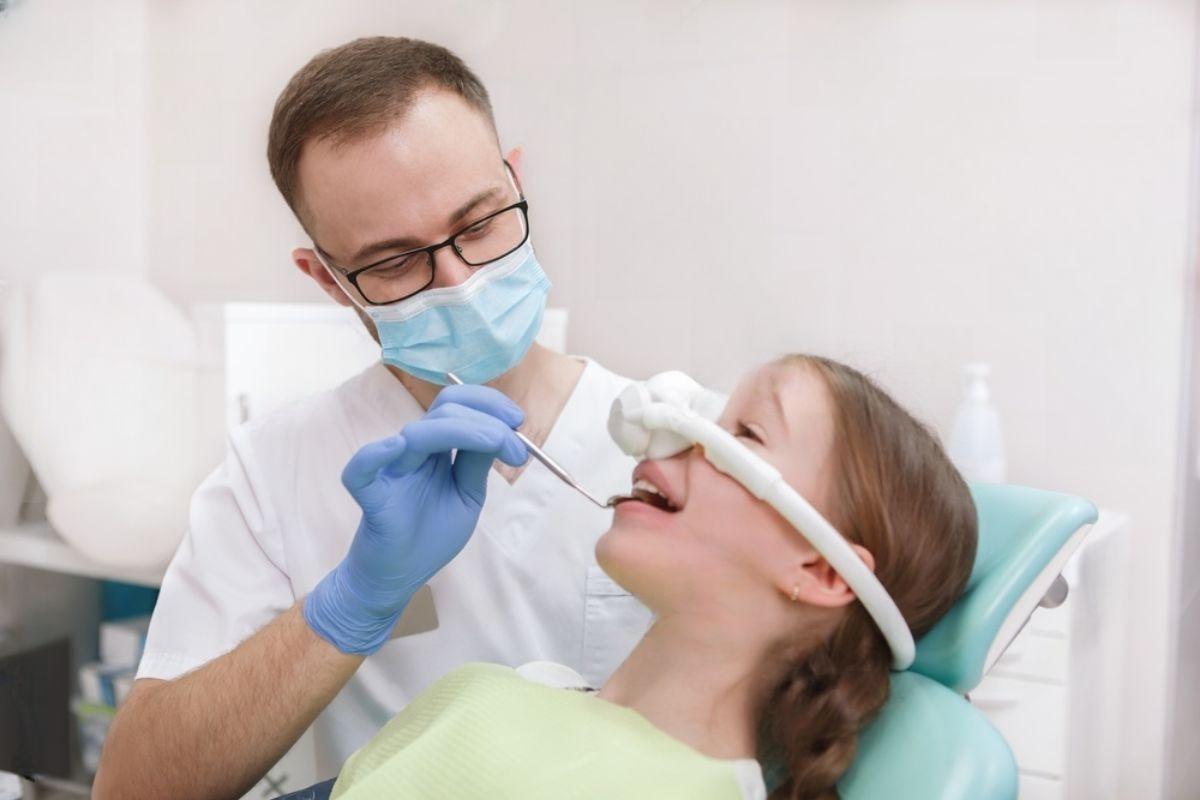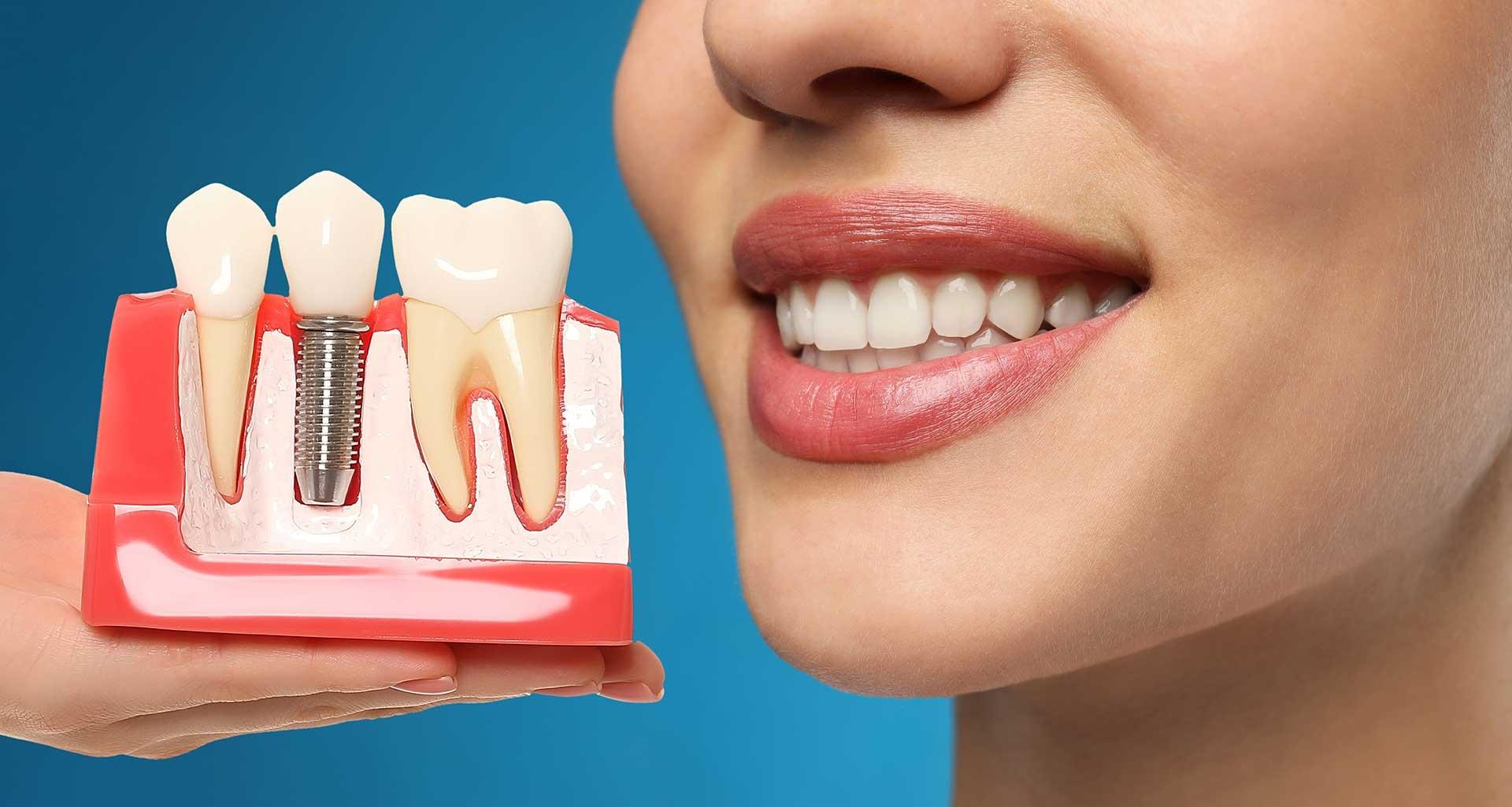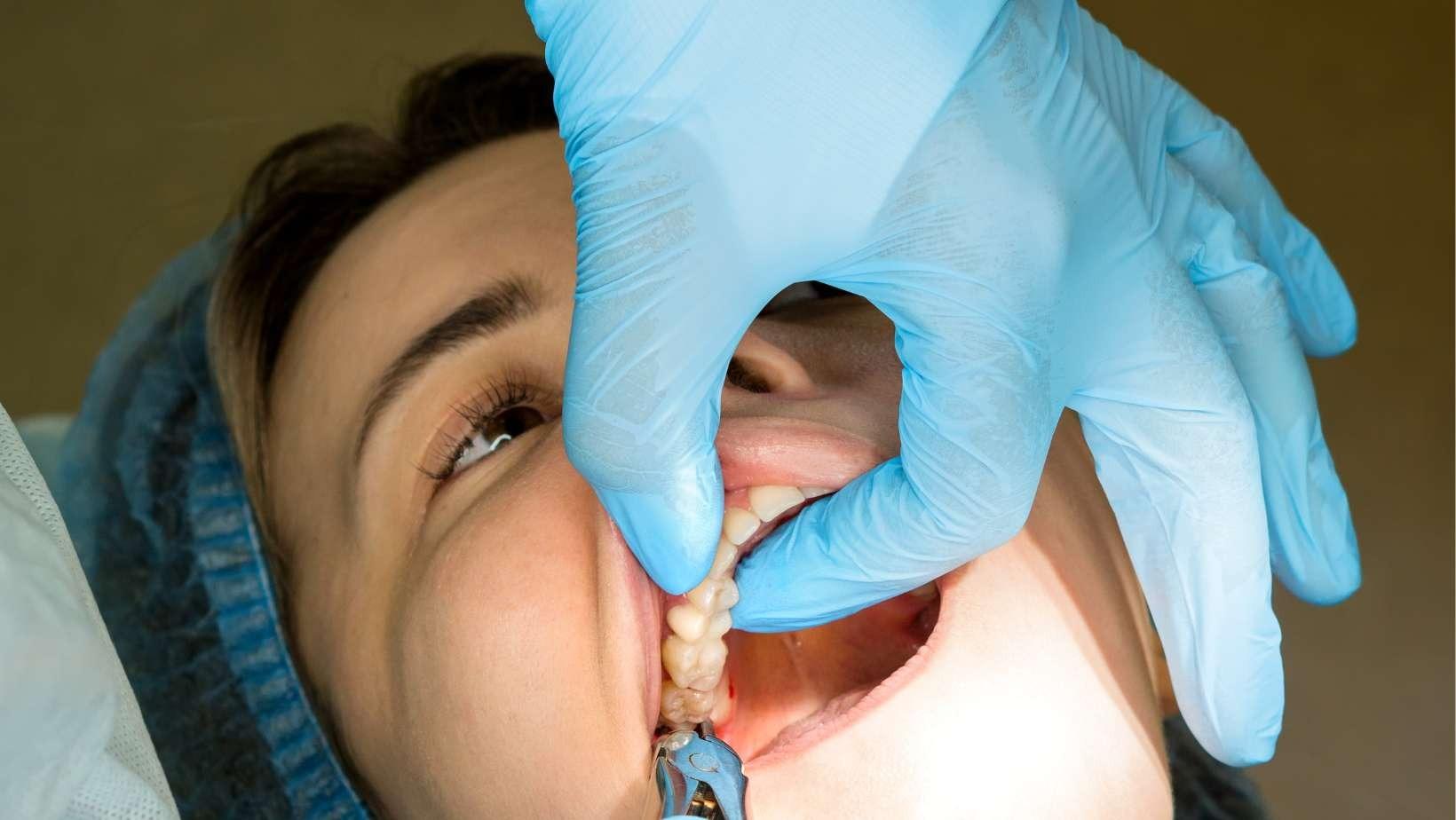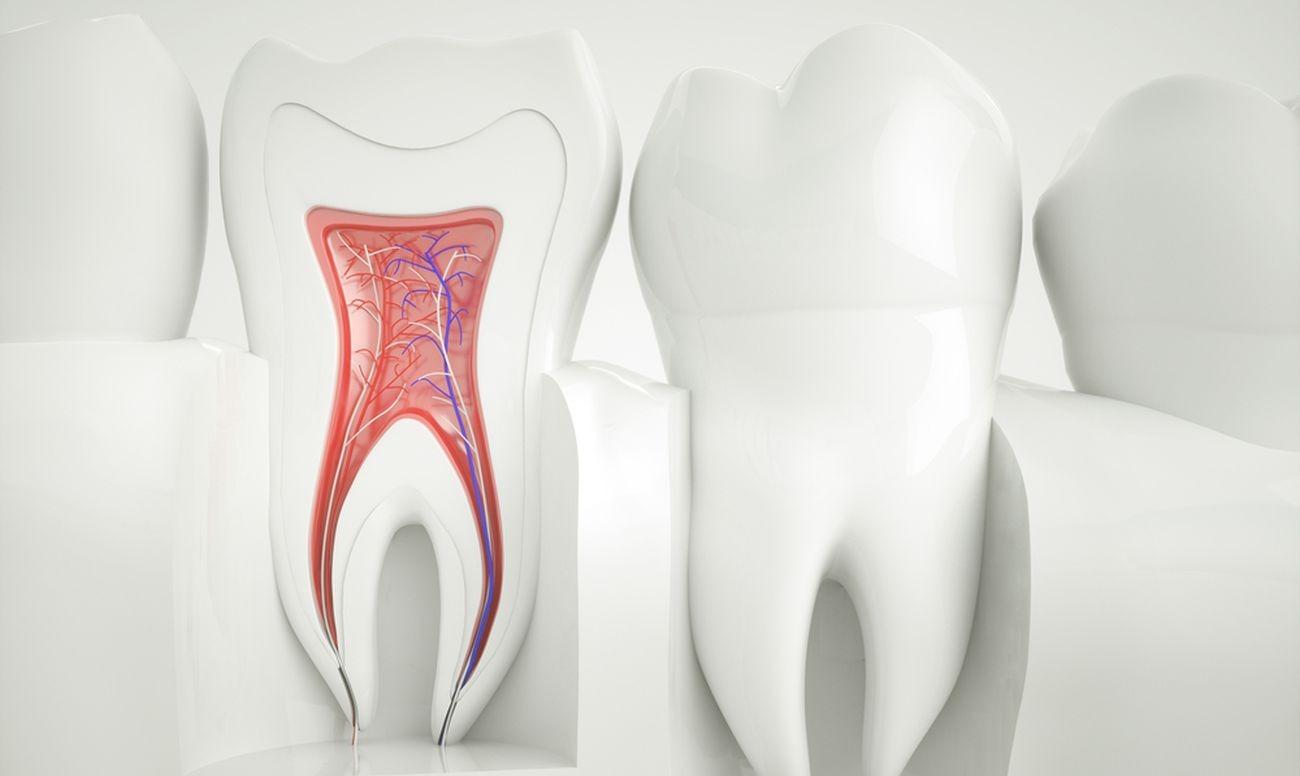If the thought of sitting in a dental chair makes your heart race or your palms sweat, you’re not alone. Dental anxiety affects millions of people around the world and it’s one of the main reasons many avoid or delay essential dental care. Unfortunately, postponing treatment often allows small issues to become painful, expensive problems later on.
That’s where sedation dentistry comes in. Sedation techniques help patients relax, stay calm, and even enjoy a pain-free experience during dental procedures. Whether you need a simple cleaning or a more complex treatment, sedation can make your visit smooth, comfortable, and stress-free.
This guide explains everything you need to know about sedation dentistry including the different types of sedation, what happens before, during, and after your appointment, and how to know if it’s right for you.
What Is Sedation Dentistry?
Sedation dentistry involves using medication to help patients relax during dental treatments. Unlike general anesthesia where you’re completely unconscious most forms of dental sedation keep you awake but calm, with little or no memory of the procedure afterward.
Dentists may use different levels of sedation depending on your anxiety level, medical history, and the complexity of the treatment. It’s a safe and effective way to make dental care accessible for everyone, especially those who experience fear, sensitivity, or discomfort during procedures.
Sedation dentistry is particularly helpful for:
- Patients with dental anxiety or phobia
- People who have a low pain threshold or strong gag reflex
- Children or patients with special healthcare needs
Those undergoing long or multiple treatments in one visit With sedation, your dentist can perform necessary procedures efficiently while ensuring your complete comfort.
Types of Dental Sedation

Modern dentistry offers several levels of sedation, allowing your dentist to tailor your experience based on your comfort and needs.
Nitrous Oxide (Laughing Gas)
Nitrous oxide, commonly known as laughing gas, is one of the mildest and safest forms of sedation. You’ll inhale it through a small mask placed over your nose, and within minutes, you’ll feel light, calm, and relaxed often with a sense of mild euphoria.
You remain fully awake and responsive throughout the procedure, and once the gas supply stops, the effects wear off almost immediately. That means you can typically drive yourself home afterward.
Nitrous oxide is perfect for mild anxiety and shorter appointments, and it’s often used safely in children’s dentistry as well.
Oral Sedation (Pill Form)
Oral sedation involves taking a prescribed pill usually from the benzodiazepine family (like diazepam or triazolam) about an hour before your appointment. This method induces a deeper state of relaxation than laughing gas.
You’ll remain awake, but you may feel drowsy, calm, and less aware of your surroundings. Time often seems to pass quickly, and you may not remember much of the procedure afterward. Because oral sedation can slow reaction times, you’ll need someone to drive you home after your appointment. Oral sedation is ideal for patients with moderate anxiety, a low pain tolerance, or those undergoing longer procedures.
IV Sedation (Intravenous Sedation)
IV sedation delivers the medication directly into your bloodstream, allowing your dentist to control the level of sedation precisely throughout the procedure. You’ll enter a deeply relaxed, semi-conscious state not fully asleep, but unlikely to remember much afterward.
During IV sedation, your dentist or a trained anesthetist continuously monitors your heart rate, blood pressure, and oxygen levels to ensure your safety.
IV sedation is best suited for:
- Patients with severe dental anxiety
- Those undergoing complex or lengthy treatments
- Individuals who’ve had difficulty with other sedation methods
Afterward, you’ll likely feel drowsy for several hours, so you’ll need someone to accompany you home.
General Anesthesia
General anesthesia is the deepest form of sedation, used primarily for complex surgical procedures or patients with special healthcare needs who cannot tolerate dental treatment while awake.
It’s typically administered in a hospital or surgical setting by an anesthesiologist, and you’ll be completely unconscious during the procedure. Because it carries higher risks than other forms of sedation, general anesthesia is reserved for cases where it’s absolutely necessary such as extensive oral surgery or severe anxiety unresponsive to other methods.
Who Can Benefit from Sedation Dentistry?
Sedation dentistry isn’t just for patients with intense dental fear. It’s beneficial for anyone who struggles to stay relaxed, comfortable, or still during dental care. You may be a good candidate if you:
Experience dental anxiety or phobia
- Have a low pain threshold
- Struggle with a strong gag reflex
- Find it difficult to sit still for long periods
- Require multiple treatments in one session
- Have had traumatic dental experiences in the past
- Have special healthcare or sensory needs
Children who are particularly anxious or unable to cooperate during treatment may also benefit from mild sedation, such as nitrous oxide.
How to Prepare for Sedation Dentistry
Preparation plays an important role in ensuring a safe and successful experience. Your dentist will provide specific instructions, but here are general guidelines:
Discuss Your Medical History
Share details about your medications, allergies, or health conditions. Certain medical issues or prescriptions can affect sedation options.
Follow Pre-Appointment Instructions
You may be asked to avoid eating or drinking for several hours before your visit, especially for oral or IV sedation.
Arrange Transportation
For anything stronger than laughing gas, plan to have a friend or family member drive you home.
Wear Comfortable Clothing
Choose loose-fitting, comfortable clothes and avoid heavy jewelry or makeup.
Plan to Rest Afterwards
Take the day off work or school to relax and recover fully. By preparing properly, you’ll ensure that your sedation experience is safe, smooth, and stress-free.
What to Expect During the Appointment
Your dentist will begin by reviewing your medical history and explaining what to expect. Then, the sedation process starts based on the method chosen:
Nitrous oxide
You’ll breathe through a mask and start feeling relaxed within minutes.
Oral sedation
You’ll feel calm and slightly drowsy as the medication takes effect.
IV sedation
You’ll quickly drift into a deeply relaxed state. Throughout the procedure, your vital signs (heart rate, oxygen, blood pressure) are continuously monitored to ensure safety. You’ll feel calm, comfortable, and unaware of any pain or discomfort. Once the treatment is complete, your dentist will stop or reverse the sedation and monitor you during recovery. Most patients describe the experience as peaceful many say it feels like only a few minutes have passed.
After the Procedure: Recovery and Care
Recovery times vary depending on the type of sedation used:
Nitrous oxide
wears off within minutes. You can return to work or school right away.
Oral or IV sedation
may leave you groggy for several hours. Plan to rest for the remainder of the day. You might feel drowsy, dry-mouthed, or slightly dizzy, which is completely normal. Drink plenty of water, eat light meals, and avoid alcohol or operating heavy machinery for at least 24 hours. Follow any post-treatment instructions your dentist provides, including pain management, oral care, or follow-up visits.
Is Sedation Dentistry Safe?

Yes when administered by trained professionals, sedation dentistry is very safe. Dentists use precise doses tailored to each patient’s age, weight, and health. Advanced monitoring equipment ensures that vital signs remain stable throughout the procedure. Before any sedation, your dentist will review your medical history and may collaborate with your physician if you have conditions like heart disease, diabetes, or sleep apnea. While complications are extremely rare, the key to safety is open communication and choosing a qualified provider experienced in sedation techniques.
Conclusion
Dental anxiety shouldn’t stand between you and a healthy, confident smile. For many patients, fear of pain or past negative experiences can make even a routine dental visit feel overwhelming. But with sedation dentistry, those fears no longer have to hold you back. Modern sedation techniques allow you to receive the care you need comfortably, calmly, and safely.
Whether you’re visiting for a simple cleaning, a filling, or a more complex procedure, sedation helps you relax from start to finish. You’ll feel at ease while your dentist restores and protects your oral health often without remembering the treatment itself.
With professional monitoring and tailored sedation levels, today’s techniques are safe, effective, and suitable for both children and adults. It’s a modern solution that transforms your experience from anxiety to assurance allowing you to prioritize your health without stress or hesitation.






